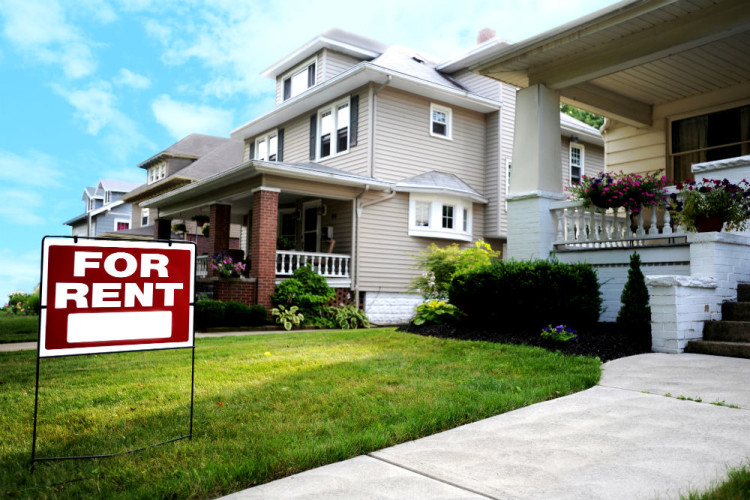How Does RENT-TO-OWN Work?

While purchasing a home is a great investment, sometimes, it takes time before you’re financially ready for it. That’s why some people prefer to wait, save more money before finally buying a house.
However, you can still own a home even if you don’t have the means now through rent-to-own.
But what exactly is rent-to-own?
To learn more about this housing opportunity, here are some basic facts about rent-to-own; how it works; its benefits; and some considerations you need to take into account.
How It Works
Basically, rent-to-own is the process in which the potential buyer rents a home and after a certain period of time, the owner gives the buyer the opportunity to purchase the house. Typically, the length of agreement between the owner and buyer lasts one to three years. The buyer pays the rent, an option fee, and a rent premium, which can later minimize the downpayment for the house.
In some ways, rent-to-own works like a car lease: you give a downpayment; use the car; then own the car after completing the required monthly payments. However, in rent-to-own, you have the prerogative not to buy the house at the end of the agreement.
Benefits to Buyer
If you’re the buyer, the main benefit of the rent-to-own option is to give you more time to save money for the house while you live in it temporarily.
Though most owners will require you to pay rent at a price that’s slightly above the market, you’re not likely to lose much whether you decide to buy the house or not. If at the end of the agreement, you decide to buy the house, the owner will credit part of the rent back to you, which is usually more than the portion of rent that was above the market rate. On the other hand, if you decide to not buy the house, you will only lose the rent you paid.
Also, by living in the house you’re renting, you’ll be able to have a deep perception of the house; you’ll be able to determine current and future maintenance problems, for instance, that may affect your buying decision in the future.
Benefits to Owner/Seller
Rent-to-own also has some benefits for the owner/seller. For one, when the market is sluggish, the seller can lease the house to someone. The seller can also improve his credit because the cost of the rent is usually above the market rate.
If at the end of the agreement, the potential buyer decides not to buy the house, the seller has nothing to lose; apart from gaining income from the rent, the seller earns another chance to sell the house at a much higher price depending on market conditions. On the other hand, if the potential buyer decides to buy the house, the only thing the seller will lose is the part of the rent that’s credited to the buyer. At the end of the deal, the seller will gain income; improve his credit; and sell his home even in a slow-moving market.
Things to Consider
The potential buyer and owner should be represented by their own real estate agents before entering into any agreement because the rent-to-own process requires contracts and other legal documents. Please take note that not all places in the metro allow lease options, especially on a residential property.
Inevitably, the house can appreciate or depreciate during the rental period or after the agreement. If the home’s selling price is incorporated in the contract and the home appreciates, the owner would somehow regret not selling it at a much higher price. On the other hand, when the home depreciates, the buyer would also somehow regret by paying the rent at a cost that was above the market rate.
Like us on Facebook.




